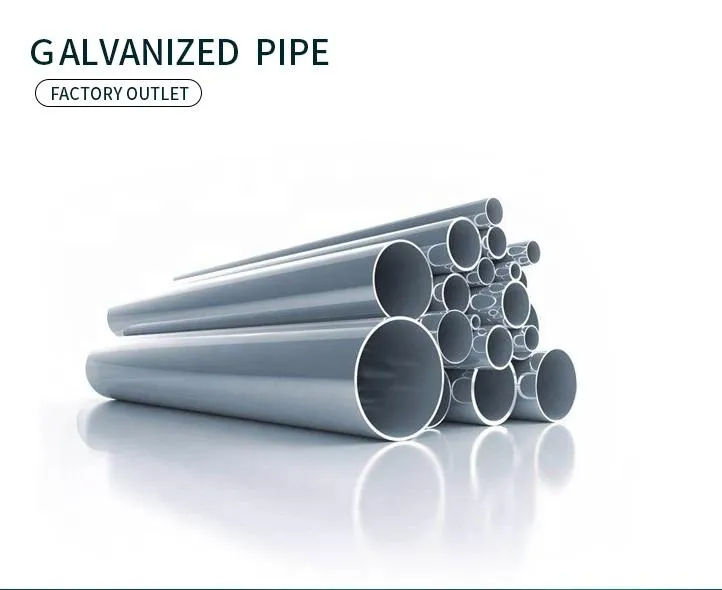-
Cangzhou Yulong Steel Co., Ltd.
-
Phone:
+86 13303177267 -
Email:
admin@ylsteelfittings.com
- English
- Arabic
- Italian
- Spanish
- Portuguese
- German
- kazakh
- Persian
- Greek
- French
- Russian
- Polish
- Thai
- Indonesian
- Vietnamese
- Zulu
- Korean
- Uzbek
- Hindi
- Serbian
- Malay
- Ukrainian
- Gujarati
- Haitian Creole
- hausa
- hawaiian
- Hebrew
- Miao
- Hungarian
- Icelandic
- igbo
- irish
- Japanese
- Javanese
- Kannada
- Khmer
- Rwandese
- Afrikaans
- Albanian
- Amharic
- Armenian
- Azerbaijani
- Basque
- Belarusian
- Bengali
- Bosnian
- Bulgarian
- Catalan
- Cebuano
- China
- China (Taiwan)
- Corsican
- Croatian
- Czech
- Danish
- Esperanto
- Estonian
- Finnish
- Frisian
- Galician
- Georgian
- Kurdish
- Kyrgyz
- Lao
- Latin
- Latvian
- Lithuanian
- Luxembourgish
- Macedonian
- Malgashi
- Malayalam
- Maltese
- Maori
- Marathi
- Mongolian
- Myanmar
- Nepali
- Norwegian
- Norwegian
- Occitan
- Pashto
- Dutch
- Punjabi
- Romanian
- Samoan
- Scottish Gaelic
- Sesotho
- Shona
- Sindhi
- Sinhala
- Slovak
- Slovenian
- Somali
- Sundanese
- Swahili
- Swedish
- Tagalog
- Tajik
- Tamil
- Tatar
- Telugu
- Turkish
- Turkmen
- Urdu
- Uighur
- Welsh
- Bantu
- Yiddish
- Yoruba

Oct . 15, 2024 07:54 Back to list
Understanding the Process of Rolled and Welded Pipe Manufacturing Techniques
Understanding Rolled and Welded Pipes A Comprehensive Overview
Rolled and welded pipes are essential components in various industrial applications, ranging from construction to oil and gas transportation. These pipes are a product of advanced manufacturing processes that not only enhance structural integrity but also optimize performance in demanding environments. This article will explore the fabrication process, applications, advantages, and considerations regarding rolled and welded pipes.
Fabrication Process
The production of rolled and welded pipes typically begins with the selection of high-quality flat steel sheets. These sheets are subjected to a rolling process where they are heated and passed through rollers to achieve the desired thickness and curvature. The key aspect of this process is that the edges of the rolled sheet are formed into a cylindrical shape, creating a tube.
Once the desired shape is obtained, the edges are aligned and prepared for welding. A variety of welding techniques can be employed, such as Electric Resistance Welding (ERW) or submerged arc welding, depending on the requirements of the final product. After welding, the welded joint is inspected for defects, ensuring that the pipe will perform adequately under stress.
Applications
Rolled and welded pipes are versatile and used in many industries. One of the most prominent applications is in the construction sector, where they form the backbone of structural frameworks. These pipes are often utilized in scaffolding, water transportation systems, and support structures.
In the oil and gas industry, rolled and welded pipes are crucial for transporting crude oil, natural gas, and other valuable resources from extraction points to processing facilities. Their strength and durability under high-pressure conditions make them ideal for such tasks.
Additionally, rolled and welded pipes find applications in manufacturing, automotive, and chemical processing industries
. They are used in creating machinery components, frames, and fluid transport channels.rolled and welded pipe

Advantages
One of the primary advantages of rolled and welded pipes is their cost-effectiveness. The manufacturing process allows for the efficient use of materials, reducing waste and lowering production costs. Furthermore, these pipes can be manufactured in a variety of sizes and thicknesses, catering to diverse applications and specifications.
Another significant benefit is their mechanical strength. The welding techniques used in their production ensure a strong bond, which contributes to the overall durability and longevity of the pipes. This reliability is vital in industries that operate under rigorous conditions, as it minimizes the need for frequent replacements or repairs.
The adaptability of rolled and welded pipes also deserves mention. They can be easily customized for specific applications, allowing for modifications in length, diameter, and wall thickness. This flexibility ensures that companies can receive tailored solutions to meet their unique operational needs.
Considerations
Despite their many advantages, it’s essential to consider some factors when working with rolled and welded pipes. Quality control is paramount; defects in welding or material inconsistencies can compromise performance and safety. Therefore, proper inspection protocols should be implemented during production.
Additionally, the choice of materials plays a significant role in the pipe's suitability for certain applications. For instance, pipes meant for corrosive environments must be made from materials that can withstand such conditions, necessitating careful selection to avoid premature failure.
In conclusion, rolled and welded pipes are vital to modern industry, offering numerous advantages, including cost-effectiveness, strength, and adaptability. Understanding their fabrication process, applications, and considerations is crucial for anyone involved in industries that rely on these essential components. As technology advances, we can expect further innovations in the techniques used for the production of rolled and welded pipes, enhancing their efficiency and performance even more.
Latest news
-
ANSI 150P SS304 SO FLANGE
NewsFeb.14,2025
-
ASTM A333GR6 STEEL PIPE
NewsJan.20,2025
-
ANSI B16.5 WELDING NECK FLANGE
NewsJan.15,2026
-
ANSI B16.5 SLIP-ON FLANGE
NewsApr.19,2024
-
SABS 1123 FLANGE
NewsJan.15,2025
-
DIN86044 PLATE FLANGE
NewsApr.19,2024
-
DIN2527 BLIND FLANGE
NewsApr.12,2024
-
JIS B2311 Butt-Welding Fittings LR/SR 45°/90° /180°Seamless/Weld
NewsApr.23,2024











